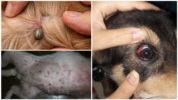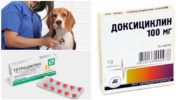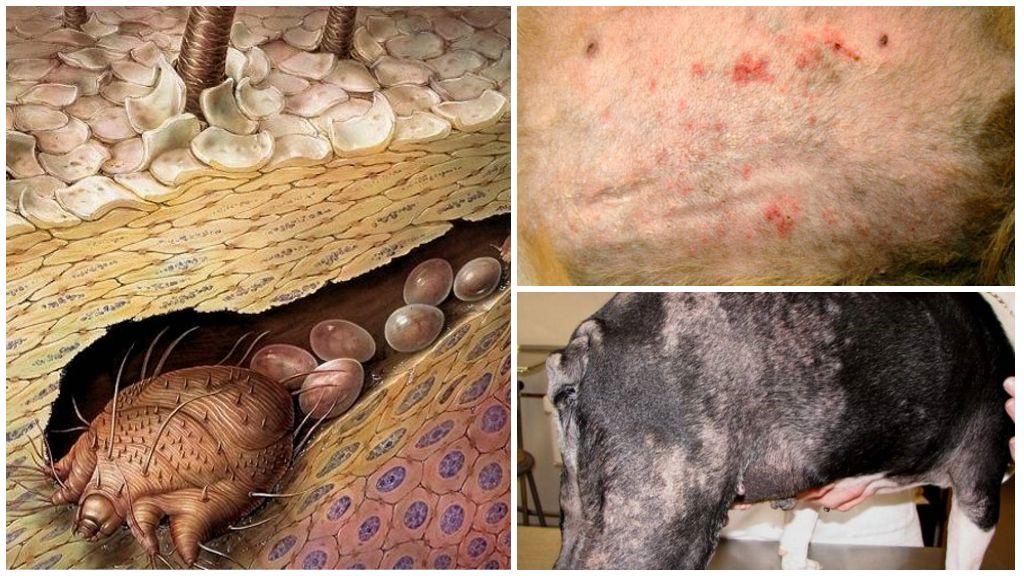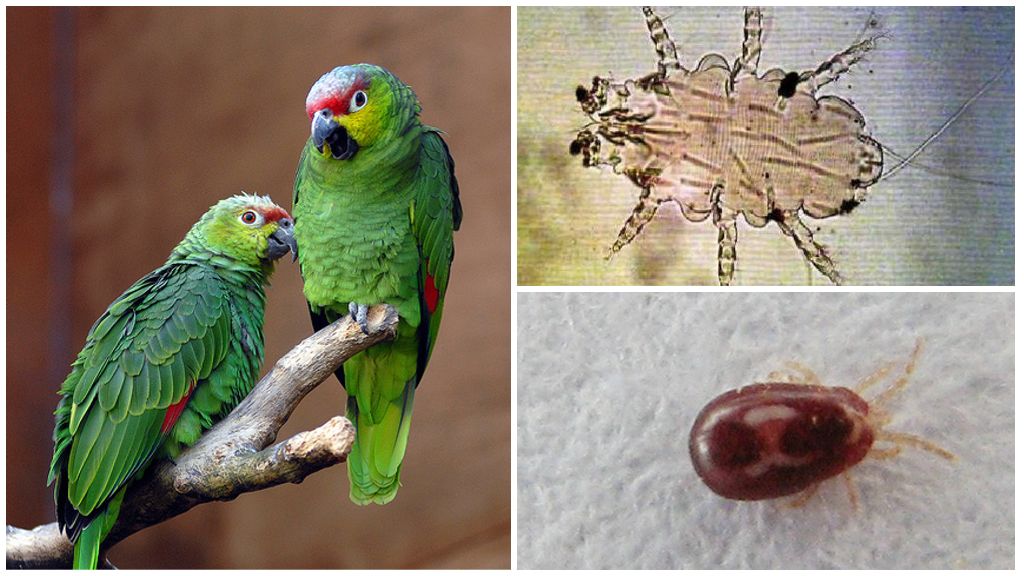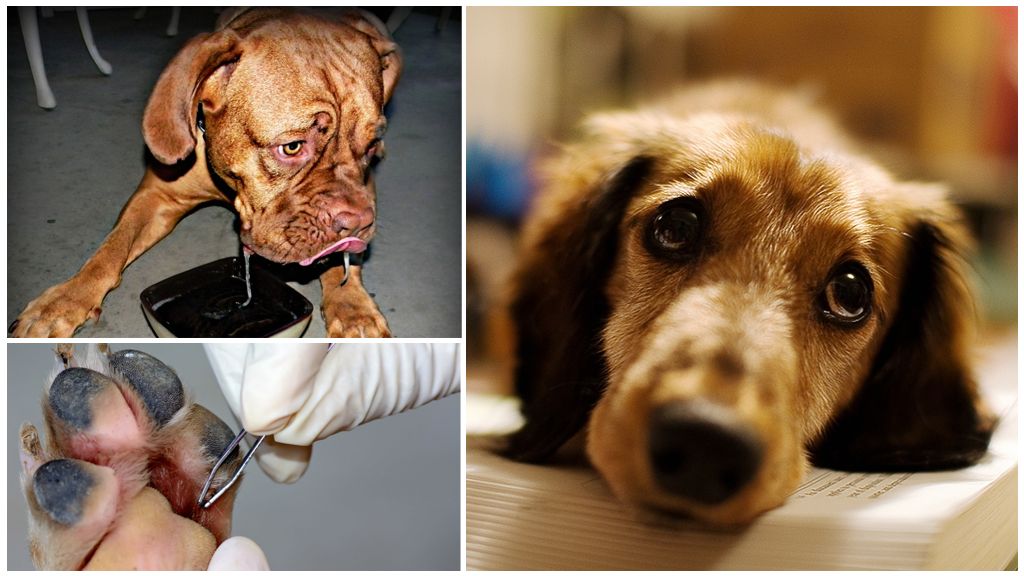- Ehrlichiosis in dogs
- Dog Ehrlichiosis Treatment
Dogs are very curious pets and getting on the street, they immediately begin to actively run, sniff out new smells. They are most susceptible to bites of various insects and arachnids. Common dog tick can be a carrier of dangerous diseases, such as pyroplasmosis, dog ehrlichiosis.
Methods of infection with ehrlichiosis
The source of infection is the parasite Ehrlichia canis, the carrier of which are ixodid ticks, including a dog tick. Since dogs are more prone to tick bites, they are the ones who suffer the most from ehrlichiosis. Ehrlichiosis can also catch cats, goats, horses, cattle. Most often, this disease occurs in countries of South Asia and Africa: Thailand, Vietnam, Tunisia, Singapore, India. In these countries there are many stray dogs.
On a note!
In the majority of cases studied, adult animals over 5 years old are affected. By pedigree, shepherd ehrlichiosis often suffers.
Infection of a pet occurs during the bite of an infected arthropod representative. The bacterium itself is found in the saliva of a bloodsucker. Ehrlichiosis virus is transmissible, which means its spread through the blood. Therefore, in addition to a tick bite, you can catch a dangerous disease in other ways:
- Bite mosquito or fleaswho previously drank blood from an infected animal.
- During a blood transfusion or treatment of wounds in unreliable veterinary clinics or cabinets.
- There is also a risk of infecting a pet with an infection through poorly crafted tools and materials while shearing or cutting her claws in a special salon.
- In a brawl between dogs, infection from a bite of an infected animal can occur.
Symptoms of ehrlichiosis in dogs
The disease may not manifest itself within 3 weeks. The first acute phase of ehrlichiosis has symptoms similar to poisoning:
- fever;
- increased drowsiness;
- vomiting
- diarrhea;
- swollen lymph nodes;
- weakness.
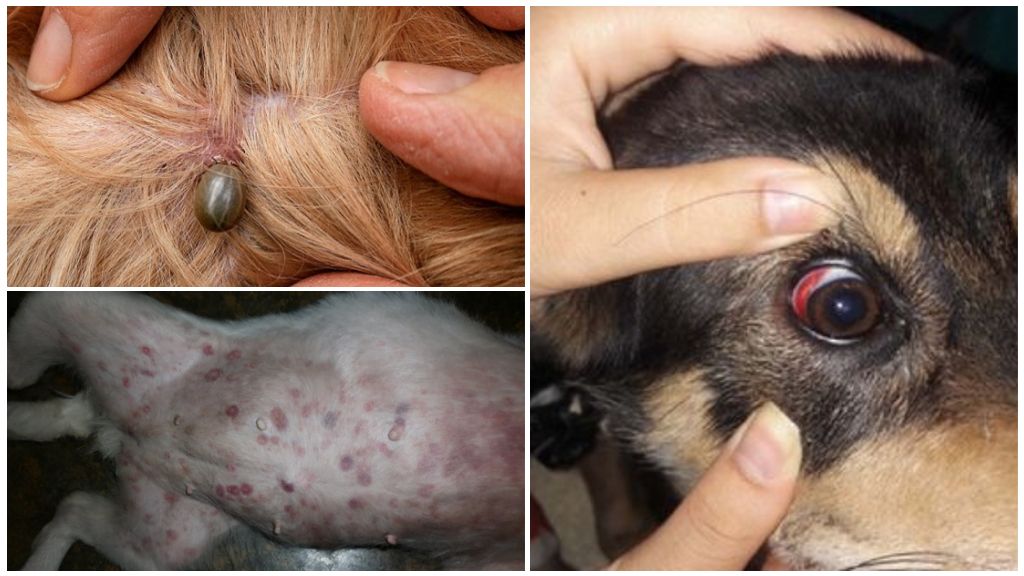
In the absence of timely access to a veterinarian and treatment, the disease can go into the latent phase after 1-2 months. The appearance of a pet's recovery is created: the symptoms disappear, but the bacteria in the body continue to actively multiply and affect the internal organs. During this period, dogs noted rapid heartbeat, shortness of breath, blood in the urine and feces, purulent discharge from the eyes and nose, limping. The duration of this phase can be from 1 month to 3 years.
On a note!
A dog with strong immunity is able to overcome the disease at the initial stage. Then the symptoms of the latent phase do not occur.
The chronic phase of ehrlichiosis in dogs is manifested by frequent bleeding, bouts of fever, severe weight loss, impaired vision, impaired reproductive function, paralysis of the limbs, and damage to the skin. All these signs of the disease gradually lead to the painful death of the pet.
Symptoms of ehrlichiosis in cats are similar to the course of the disease in dogs. After the tick is found and removed, the feline representative's health should be closely monitored. The first signs of the disease should be a signal for going to the clinic.In rare cases, in an infected cat, the disease may not manifest itself for several months or even years. But bacteria are in the body and can begin destructive activity at any time.
Diagnosis and treatment of infection
At the first sign of malaise, the veterinarian should be consulted. If a tick was removed from a dog shortly before, the likelihood of infection with ehrlichiosis increases. To detect bacteria in the blood of a pet, it is handed over for research. At the initial stage of ehrlichiosis, the test results may be negative and should be repeated every 2 weeks. The presence of antibodies in the animal may not be confirmed within a month after infection.
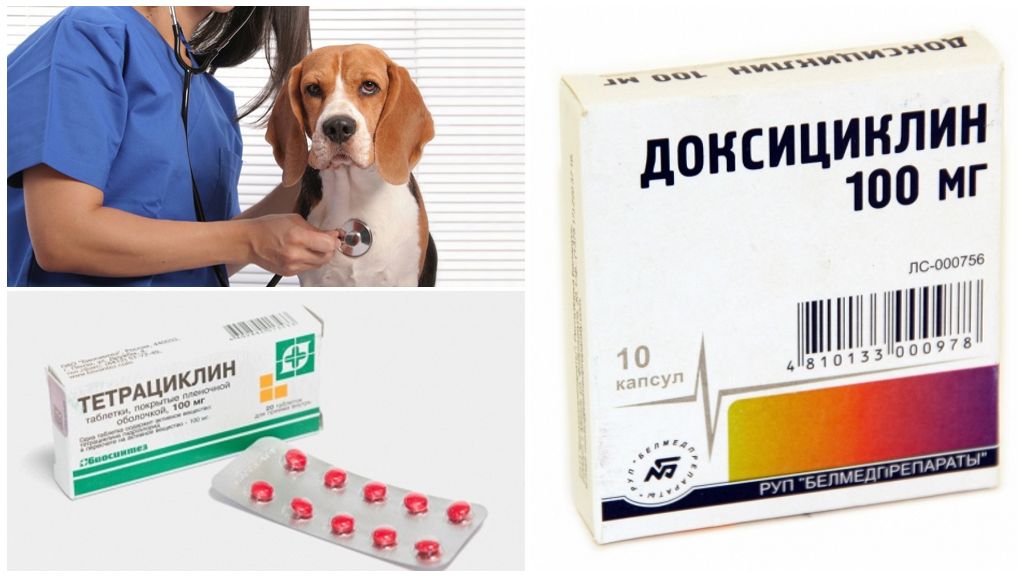
After diagnosing the infection, the veterinarian prescribes antibiotic therapy with doxycycline or tetracycline drugs: doxycycline, tetracycline, chloramphenicol, amicarbalide, imidocarb. Treatment of dog ehrlichiosis lasts from 2 to 3 weeks with antibiotics, then enhanced vitamin therapy is performed. Fast diagnosis and proper treatment in most cases leads to recovery of the dog.
Disease prevention
To reduce the risk of becoming infected with a dangerous infection, the following must be observed:
- The root cause of infection with a dangerous infection is ticksrespectively for protect your four-legged friend need to use special acaricidal drops or tick collars.
- The pet should not be allowed to walk in the woods and in unfamiliar places.
- After each walk, you must carefully examine the coat and skin of the pet. If a sucking tick is found, you need it extract from a wound and take to the laboratory for analysis for the presence of the ehrlichiosis virus.
- The dog needs to be kept clean, monitor its health, and prevent the presence of parasites on the skin.
- Avoid contact with other unfamiliar dogs, especially street dogs.
- Visit only approved veterinary clinics.
This list of simple but mandatory rules will help prevent the threat of a four-legged pet’s disease.
